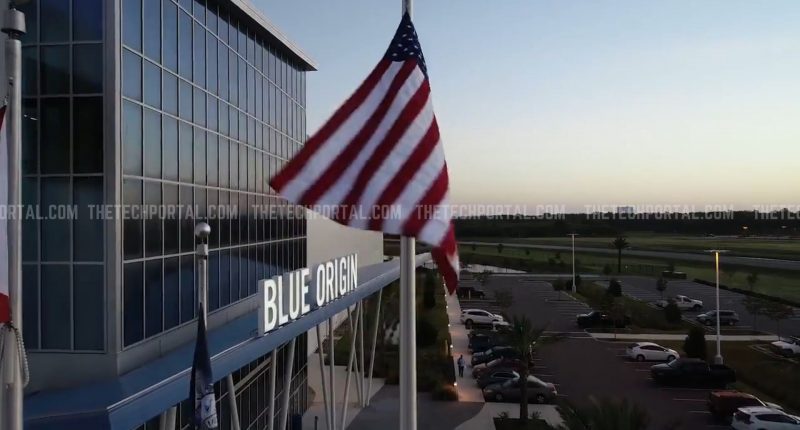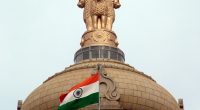The space industry is being privatized at a fast rate, spearheaded by Elon Musk and his company SpaceX. However, others have not fallen behind either, as Jeff Bezos’ Blue Origin and Richard Branson’s Virgin Galactic are catching up, taking passengers on short trips to space (while Musk focuses on multi-day flights). Ahead of the first crewed spaceflight of Bezos’ Blue Origin, a mystery bidder paid an astounding $28 million at the auction on Saturday for a ride into space aboard the New Shepard spacecraft (named after Alan Shepard, the first American in space) next month.
They say that the sky is the limit, but for at least one person, it was not. Blue Origin tweeted that the identity of the unnamed winner, would be released in the weeks following the conclusion of the auction, and the fourth and final crew member would be announced. Jeff Bezos would be joined by his brother, Mark, and would board the launch vehicle on July 20.
The auction featured around 20 bidders, and more than 7,500 people from 159 countries registered to bid, according to Blue Origin. Bidding had reached $4.8 million by Thursday but surpassed $20 million within the first few minutes of the auction.
What will make the launch of the New Shepard vehicle more interesting is that it takes off on the 52nd anniversary of humanity’s landing of the Apollo 11 moon landing, one of the most glorious moments in mankind’s history.
According to Blue Origin, the proceeds from the auction, apart from a 6% auctioneer’s commission, would go to support the company’s foundation, Club for the Future, which encourages and inspires future generations to pursue careers in science, technology, engineering, and math (STEM) to “help invent the future of life in space.”
New Shepard has successfully carried out more than a dozen uncrewed test runs from its facility in Texas.
“We’re ready to fly some astronauts,” said Blue Origin’s director of astronaut and orbital sales, Ariane Cornell, on Saturday.
The trip aboard the New Shepard would last for 10 minutes after the spacecraft takes off from a desert in Western Kansas, 4 of which will be spent above the Karman line that marks the recognized boundary between Earth’s atmosphere and space. The capsule will separate from the booster after liftoff, and spend four minutes at an altitude exceeding 100 km, during which time the passengers will experience weightlessness and can observe the curvature of Earth.
Finally, the booster would land autonomously on a pad two miles from the launch site, while the capsule would float back to the surface with three large parachutes that slow it down to about a mile per hour when it lands.
Undoubtedly, the flight of the New Shepard will be a part of the saga that chronicles humanity’s conquest of space, reaching beyond the earthly skies and paving the way for space tourism and the commercialization of space travel.
The Tech Portal is published by Blue Box Media Private Limited. Our investors have no influence over our reporting. Read our full Ownership and Funding Disclosure →






